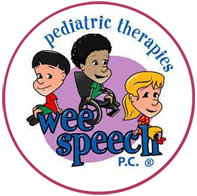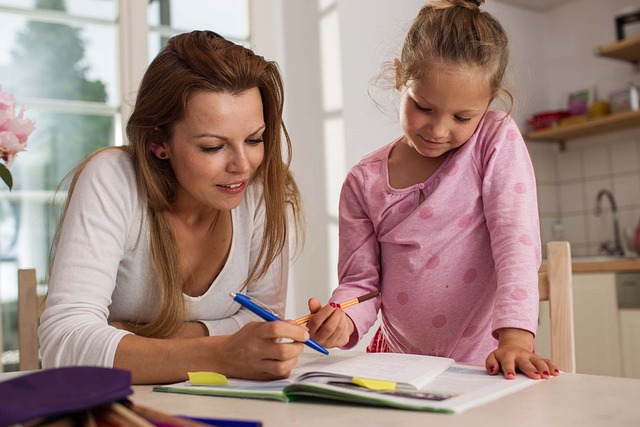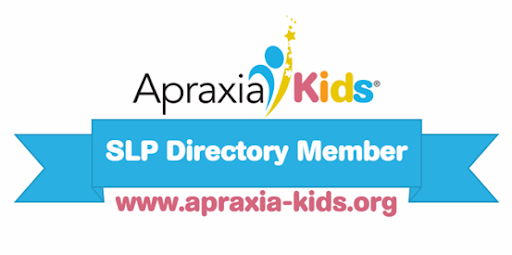
Tips for Helping Students Become Regulated in a Classroom Setting
1. Encourage kids to take short movement breaks before sitting down to work 2. Break tasks into smaller, manageable steps to help them succeed 3. Give them options or choices instead of taking away all control 4. Teach basic mindfulness, breathing exercises, and help them recognize negative thoughts 5. Set up a quiet spot where they can go to regroup when needed 6. Pause and rewind a video if they’re ready to talk or ask questions. 7. Work together with your child or student to solve problems 8. Acknowledge their frustrations and praise their efforts to choose better alternatives Source: Let’s Not Overlook Mood Disorders in Our Youth Population By Tere Bowen-Irish, OTR/L










